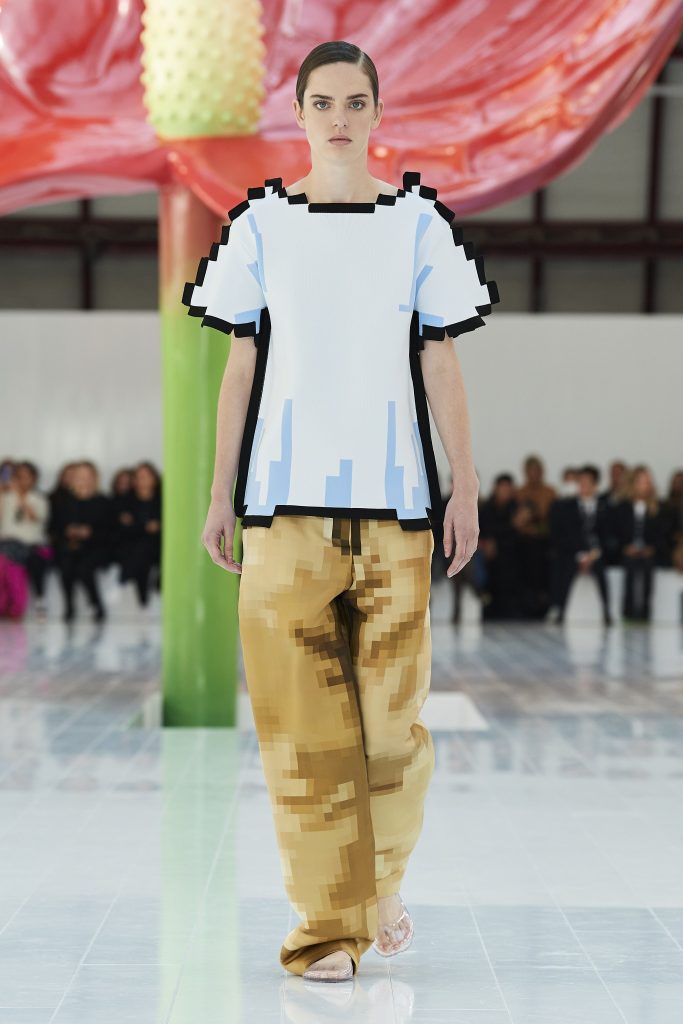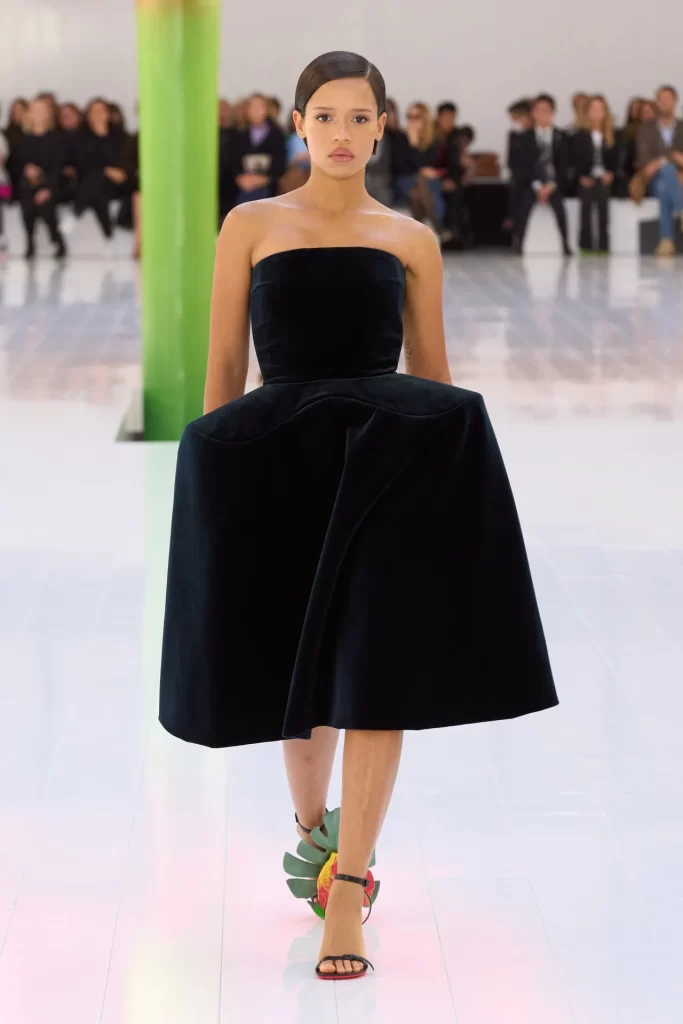- Your cart is empty
- Continue Shopping

The Art of Pixelated Cloth: A Fusion of Technology and Style
The Art of Pixelated Cloth represents a captivating fusion of technology and style, seamlessly incorporating pixelation techniques to create visually striking garments with intricate patterns and vibrant colors. This innovative trend has gained popularity by making bold and futuristic statements, defying traditional fashion norms, and appealing to those seeking avant-garde aesthetics.


Derived from the pixel, a fundamental element of digital imagery, the concept of pixelation has transcended into the realm of fashion.Pixelation involves breaking down an image into small square-shaped pixels, each representing a single color, which are then reconstructed to create a visual representation of the original image. Drawing inspiration from this digital phenomenon, fashion designers have employed pixelation techniques to create clothing that mimics the pixelated aesthetic.
Pixelated clothing is characterized by intricate patterns formed through the arrangement of differently colored and sized pixels on fabric. By utilizing this technique, designers can transform ordinary textiles into extraordinary works of art. The pixelated patterns can range from simple geometric shapes to complex designs resembling abstract digital art. The fusion of vibrant colors and precise pixel placement creates visually captivating garments that immediately capture attention.
Current Popularity and Bold Statements
A significant platform for showcasing the Art of Pixelated Cloth is the Paris Fashion Week Metaverse. In the ever-evolving fashion landscape, the integration of digital technology has become increasingly prominent, and this immersive virtual fashion event provides designers with a unique opportunity to present their pixelated cloth creations to a global audience.Within this virtual realm, designers push the boundaries of creativity by incorporating pixelation techniques in their collections. The virtual environment allows for heightened experimentation, enabling the creation of visually stunning pixelated garments that seamlessly blend technology and style. Leveraging the Metaverse platform, designers showcase their collections in a dynamic and immersive manner, offering viewers a distinct and engaging fashion experience.Paris Fashion Week Metaverse has acted as a catalyst for the popularity and recognition of pixelated cloth on a global scale. The virtual nature of the event allows designers to reach a wider audience, transcending geographical boundaries and time zones. Fashion enthusiasts and industry professionals from around the world have had the opportunity to witness groundbreaking pixelated cloth designs, sparking conversations and generating excitement within the fashion community
Technology and Advancements
As technology continues to advance, the future of Pixelated Cloth appears promising. Year after year, new techniques and materials are being developed, enhancing the pixelation process and expanding creative possibilities. Innovations in digital printing technology, for example, allow designers to accurately recreate pixelated patterns on fabric with precision and detail. Moreover, advancements in textile manufacturing have resulted in the creation of specialized fabrics that facilitate pixelation. These fabrics possess the ability to retain their shape and structure while accommodating the intricate pixel patterns. The combination of improved printing techniques and specialized fabrics enables designers to explore the full potential of pixelated cloth, creating garments that are not only visually stunning but also more durable than ever before.
Influence on Fashion and Beyond
The influence of the Art of Pixelated Cloth extends beyond the realm of fashion. Its impact can be seen in various creative industries, such as interior design, graphic design, and even art installations. The visually captivating and futuristic nature of pixelated cloth has inspired artists and designers to embrace pixelation in their respective fields. In interior design, pixelated patterns have been incorporated into wallpapers, furniture upholstery, and decorative elements, adding a touch of modernity and vibrancy to spaces. Graphic designers have also embraced pixelation, using it to create digital artwork, logos, and advertisements that reflect the trend’s aesthetic appeal. Furthermore, art installations have utilized pixelated cloth to create immersive experiences, blurring the boundaries between art, fashion, and technology. The Art of Pixelated Cloth has emerged as a groundbreaking fashion trend that seamlessly fuses technology and style. Inspired by the digital world’s pixel building blocks, fashion designers have revolutionized traditional fashion by incorporating pixelation techniques into their creations. The trend’s current popularity lies in its ability to make bold and futuristic statements, defying norms and captivating fashion enthusiasts worldwide.The Art of Pixelated Cloth exemplifies fashion’s adaptability to the digital age and offers new avenues for creative expression. Its impact is not limited to fashion but extends to various creative domains. With its fusion of technology and style, Pixelated Cloth continues to captivate fashion enthusiasts and shape the creative landscape.
The Art of Pixelated Cloth represents a groundbreaking fusion of technology and style, revolutionizing the fashion industry and inspiring creative expression. Its current popularity, driven by celebrity endorsements and social media visibility, is showcased on platforms like Paris Fashion Week Metaverse. As technology advances, the future holds even more possibilities for pixelation techniques and materials. The adaptability of Pixelated Cloth transcends clothing, leaving its mark on interior design, graphic design, and art installations. This innovative trend exemplifies fashion’s ever-evolving nature and its ability to embrace the digital age, captivating fashion enthusiasts worldwide and influencing creative industries beyond the realm of clothing.
